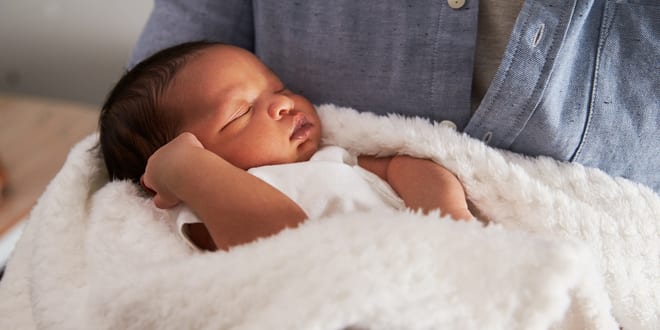A few decades ago, it was considered impossible for prematurely born babies as small as two kilos to survive. Today, thanks to improved medical technologies, infants born at little more than a tenth of that weight have remained alive and many even enjoy a normal life.
A baby born weighing just 245 grams (8.6oz) is believed to be the smallest on record to survive premature birth. She was born born 23 weeks and three days after conception. Named Saybie, she was discharged five months after her birth in a year ago from Sharp Mary Birch Hospital in San Diego weighing 2.5 kilos (5.6 pounds).
More than 10% of babies worldwide are born prematurely, that is, before 37 weeks since conception.
One of the main advances that have made survival of premature infants possible is surfactant replacement therapy that keeps the alveoli – the many tiny air sacs of the lungs that make possible rapid gaseous exchange – from sticking together. Surfactant is delivered in conjunction with a ventilation machine – a breathing apparatus that pumps air into the baby’s respiratory tract through an orally inserted tube.
Babies born without enough of the soap-like surfactant in their lungs are said to have respiratory distress syndrome (RDS). Most premature babies recover from RDS without major complications, but others are at risk for chronic breathing problems.
Normally, when the lungs initially inflate with the baby’s first breath, the air sacs called alveoli expand, fill with air and remain open. Because the sacs remain open, the surface area within the lungs becomes quite large; the larger the surface exposed to the air entering the lungs, the more opportunity oxygen has to pass from the alveoli into the blood.
Surfactant usually develops in the fetus’s lungs at about the 24th week of pregnancy and gradually reaches its maximum level by the 37th week. Additionally, when labor begins, the mother’s body produces a type of natural steroid that makes its way to the baby through the placenta and umbilical cord. This steroid triggers the production of surfactant in the lungs in preparation for a baby’s first breath.
However, in its current form, the use of a respirator is not without problems. One of the possible side effects in premature infants using a ventilation machine is damage to the lung tissue. There is no standardization for choosing ventilator-operating parameters like the percentage of oxygen in the infused air, the volume of air, the pressure, the rate and more. Doctors do their best to make adjustments based on each infant’s condition and to minimize injury. Yet, many infants are injured during this process that is nevertheless vital to saving their lives.
Now, a new artificial model of premature infants will make possible experiments that are expected to reduce injury to infants on respirators. The study, just published in the Journal of The Royal Society Interface, was conducted by doctoral student Eliram Nof and Professor Josué Sznitman of the biomedical engineering faculty at the Technion-Israel Institute of Technology in Haifa, in collaboration with Professor Dan Waisman, director of the Newborn Unit at the city’s Carmel Medical Center.
After prolonged research activity in mathematical modeling of respiratory airflows, Nof and Sznitman developed a physical silicone model that simulates – in 3D and in real size – the upper respiratory tract of a premature baby.
The researchers were surprised to discover a phenomenon not mentioned at all in the medical literature – an air jet at the exit of the tube inserted into the mouth of the baby.
“Until now, it was known that the tube could cause abrasive injury to the delicate tissue but the effects of the airflow were overlooked,” said Nof. “In the present study, we discovered for the first time that due to its location inside the baby’s trachea, this jet exerts strong shear forces on the epithelial tissue, the layer of cells that covers the upper airways. These forces can cause damage, including inflammation, which poses a real risk to the premature infant.”
The researchers examined these findings in a silicone model and found that indeed, the jet exerts friction on the lung tissue that can cause significant damage. With further study, they plan to grow live biological cells onto the model and examine the effect of the jet on them.
The good news, however, is that as a result of the findings, the researchers have made recommendations as to the desired respiratory protocols. The researchers believe that adjusting respiratory protocols to the flow configuration in the baby’s respiratory system could reduce the damage described here and improve the chances of these infants to develop a proper respiratory system.
According to Dr. Liron Borenstein, senior physician in the neonatology and neonatal intensive care department at Rambam Medical Center in Haifa: “With advances in medicine, we are today able to treat younger premature infants and more complex illnesses. However, respiratory morbidity is still a significant factor in premature infant mortality and morbidity.”
The technology presented in the journal article – creating a model of a healthy, specific area and exploring the forces exerted on the tissue by an air jet created under invasive respiration – “can advance us in understanding the mechanisms leading to the damages of ventilation that we want to prevent and in developing gentler breathing techniques that are appropriate for the premature infant population,” concluded Borenstein.



